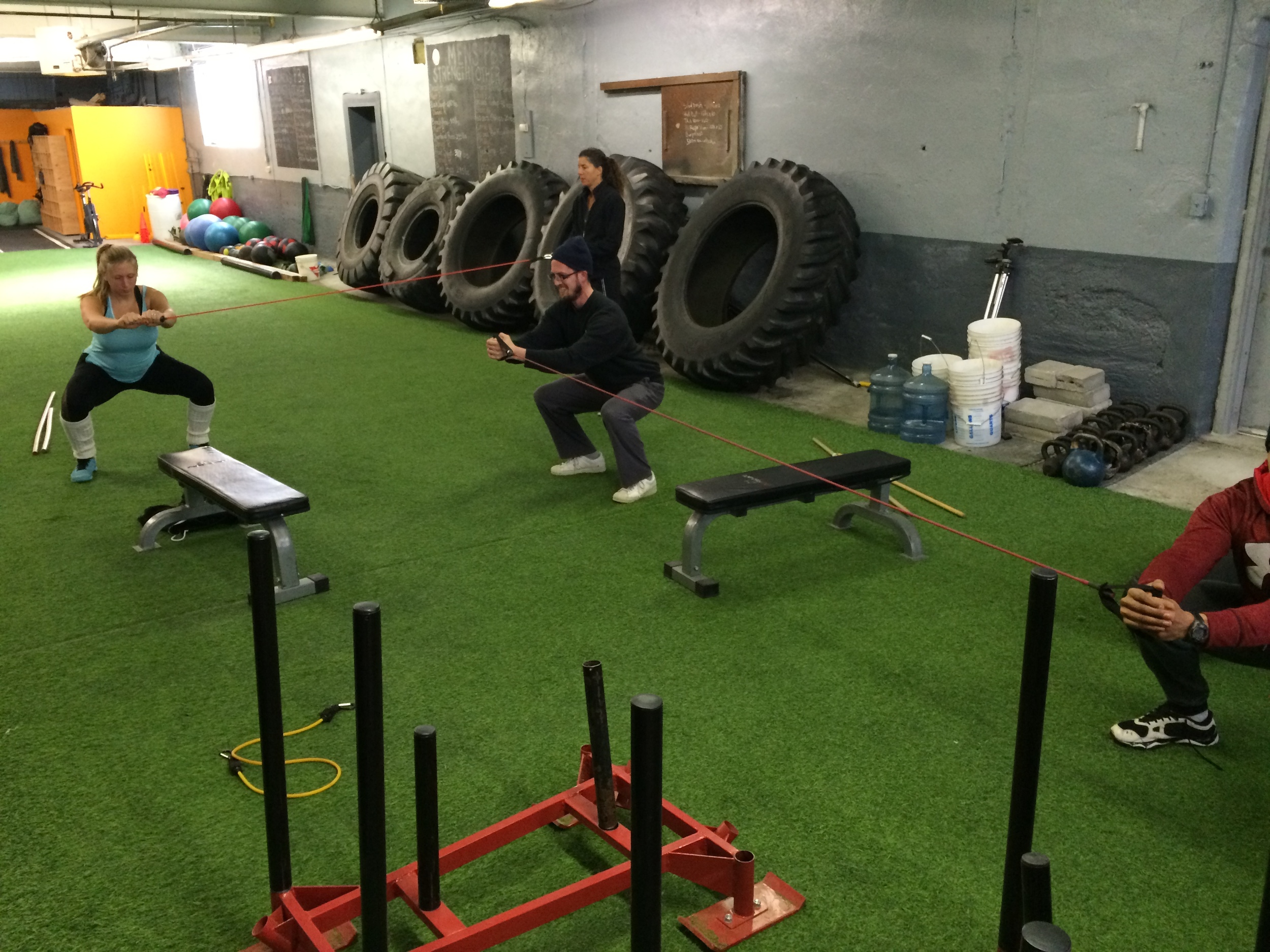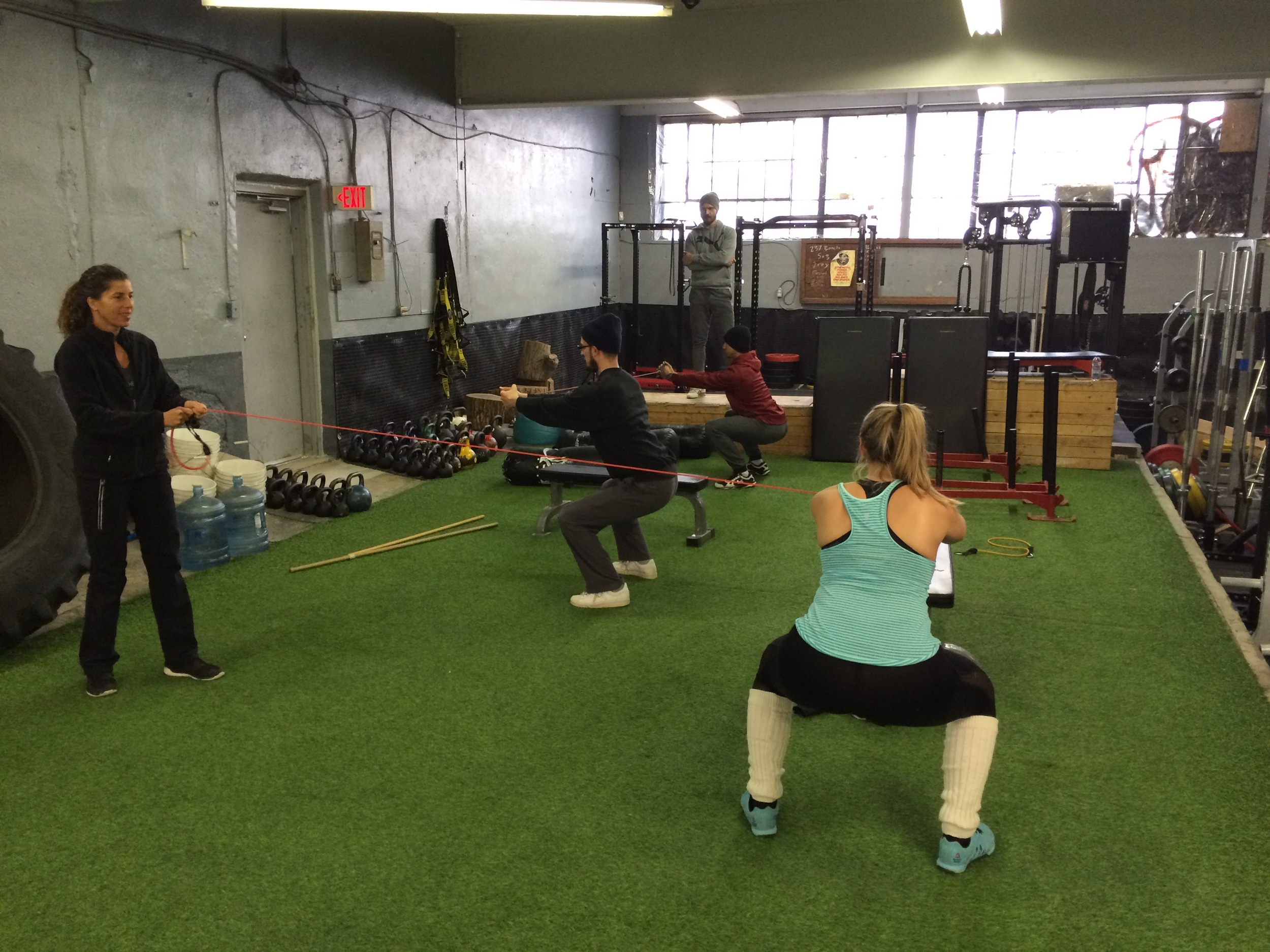Rocky had Mickie in his corner, who is in yours? Heart rate variability (HrV) is like having Mickie in your corner. He will tell you when to throw in the towel. Many of us like to train heavy but are not sure if we should. Training heavy is great for gains but, yet 1 bad rep at these weights can lead to injury. Max loads 90% and above need maximal nervous system activation. To get the most out of your body you need appropriate recovery and that is what HrV measures.
HrV can be your personal lie detector for your readiness to train heavy. In the past this data was expensive; but, yet it is pretty inexpensive now. All you need is a Polar H7 heart rate monitor ($99.99) and an IPhone app (HrV4Training - $7.99). I use both of these tools in the morning to see how my body has recovered. On days I want to training above 80-90% range I take advice from my HrV coach if I should train hard that day.
The Russians developed HrV 1960s for the space program and used it in training since the 1990s. They realized that HrV helped with their cosmonauts and athletes recovery and performance. They knew that to push the body hard, it first needed to recover. HrV measures the recovery of the nervous system.
The HrV score determines the balance of your autonomic nervous system (ANS). Your ANS is a combination of your sympathetic nervous system (SNS) and your parasympathetic nervous system (PNS). Your SNS is your fight or flight system and your PNS is your rest and digest system. A good/high score means your PNS has been active to help you recover and you are ready to train hard.
HrV measures the space between the each heart beat. The more variable the time between each beat the better the HrV. This is an indication that your system has recovered and it to adapt to stress.
To get gains in strength and power it is important to train hard but it is like walking on a tight rope. We need this stimulus to get improvement but this is also enough stimulus to get injured. Training is like a U curve (aka exponential curve), as the volume or intensity increases the forces on the body become exponentially higher. Max and heavy training should be treated with respect.
If your HrV score is not doing well you may want to keep your training below 90% of 1 RM (Jamieson, 2015). You may want to wait to max out (above 90%) until your HrV has recovered. Many people don't realize that training stress on your body is not linear. Training stress become exponential as the % of your 1RM increases.
Please note this is not an actual curve but it illustrates the point of training forces get exponentially higher as % of 1 RM increases.
On bioforce.com there was a case study with an Olympic lifter who was training for the olympics. He used HrV during his training. He noted that before he got injured he noticed a downward trend of his HrV scores. Interestingly when he looked back in his training logs there were other cases where a downward trend in HrV preceded an injury. This is only one case but many smart people in high places use HrV and find it effective. I know certain National organizations who use a high tech version of HrV before every practice to guide how hard to push their guys.
If you don’t have a coach in your corner, you can use HrV to help guide your decisions. HrV can help you decide if today is a good day for a max load.
By Dr. Paul Oh
1) Jamieson, Joel (2015). Strength Hacking with HRV: Part 2. Retrived from http://www.8weeksout.com/2015/11/18/strength-hacking-hrv-part-2/












